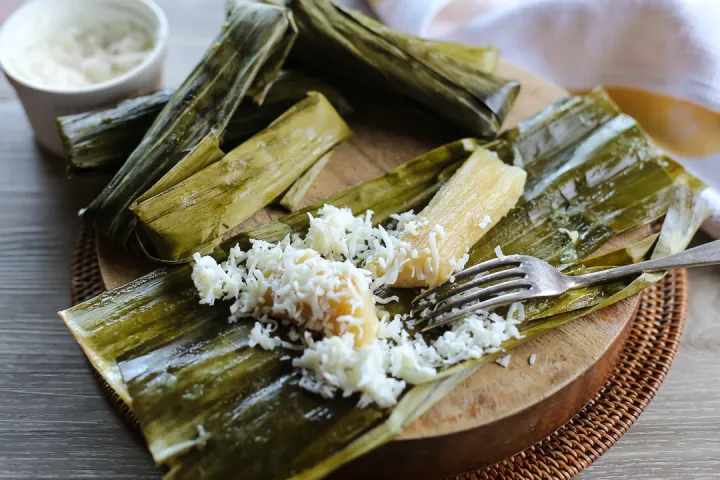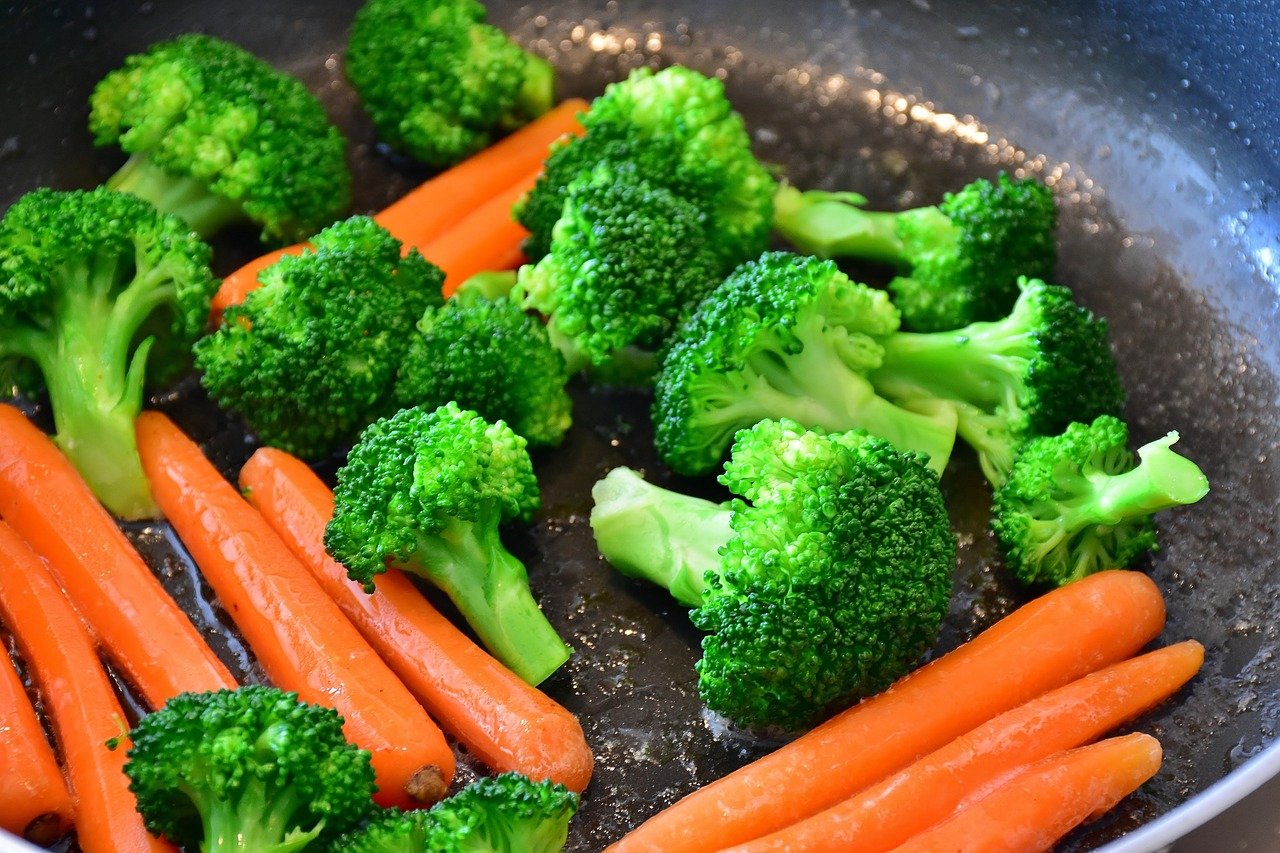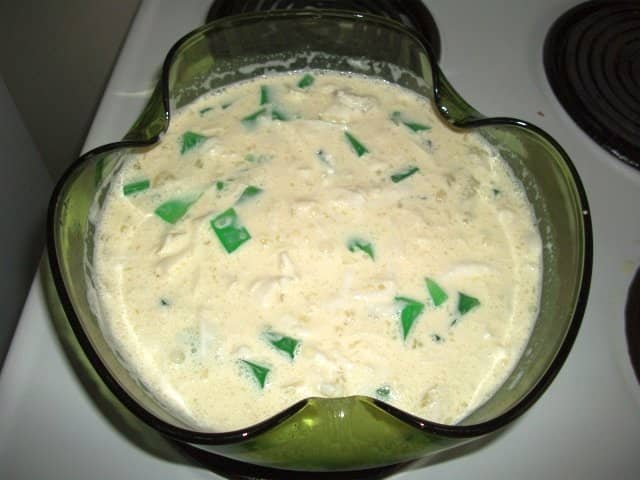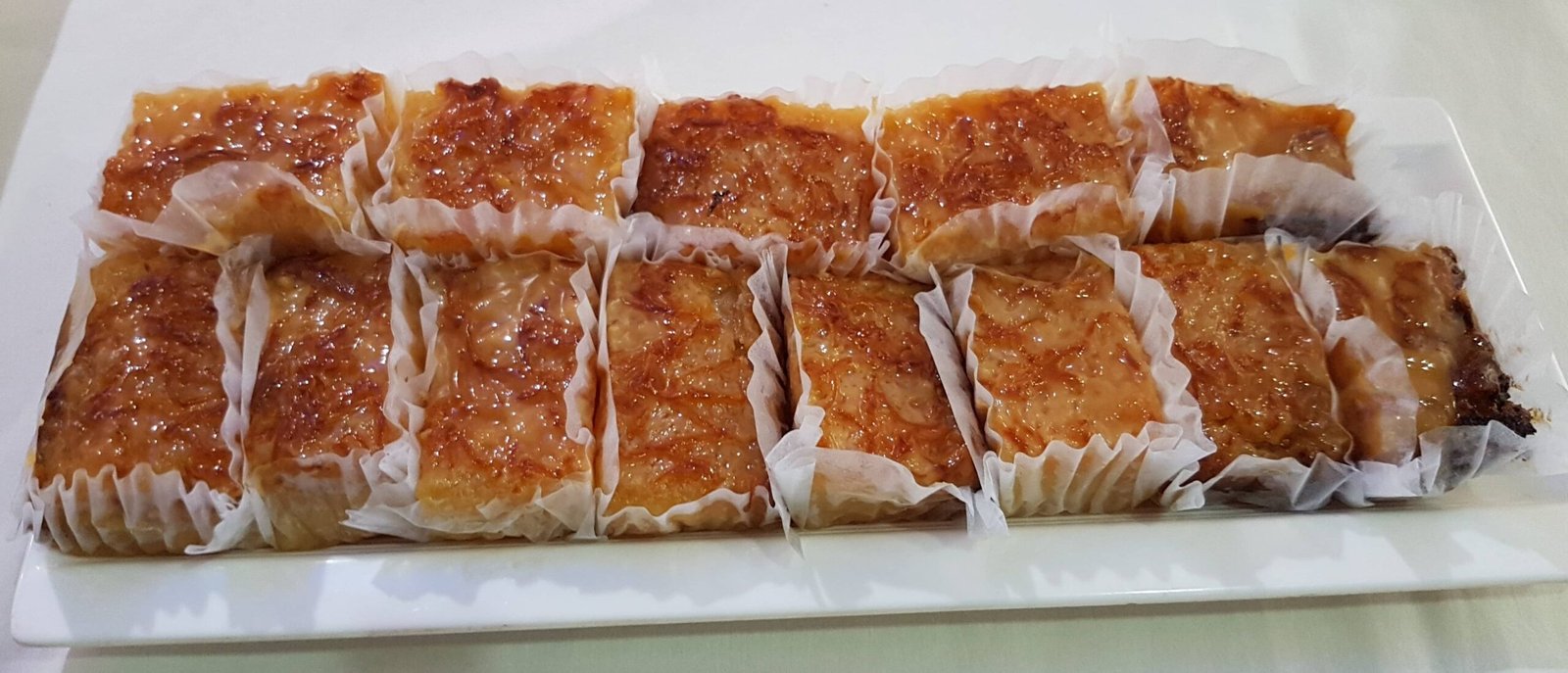Kakanin is an umbrella term for the different kinds of steamed-rice meriendas that we usually and originally crave for. They are everywhere, and different vendors all have their unique ways of selling their kakanin- either they tweak it with a little bit of twists or they find their suki and make some good deal with them.
Whatever it is, kakanin is truly a part of our culture as Filipinos- when asked for a food that defines our identity, since we are the nation who gets our “daily dose” of carbohydrates from rice, these “kakanin” are surely what we can brag about and put in forefront.
For the rice used, it usually varies in two: it is either galapong or malagkit.

Sapin-sapin
Sapin-sapin is basically made up of galapong (the other variety of rice used other than malagkit) combined together with coconut and condensed milk, sugar, and sometimes an optional add-up in between ube, cheese, or langka flavoring.
Sapin-sapin’s basic feature is dense and seems like a pudding- this kind of kakanin is prepared on more “elegant” and celebrated occasions.
Is it about the festive taste that sapin-sapin humbly prides itself with? Or is it because of its indeed attractive appearance? Well, unless one would go and judge his own tongue’s bias then we’ll never know.
Origin:
As obvious as its name carries, sapin-sapin is a Tagalog word for “layers”- so, we can say that this is an invention originally of the Tagalogs. Its name is also a way of giving people hint what it would look and taste like- fortunately, the man who formed that plan haven’t been disappointed by how sapin-sapin’s creation is preserved up until now.
One rule in creating sain-sapin that had been there since the very beginning is the patience in the preparation of each layer- although sapin-sapin is a totality of the whole kakanin, each layer should be given the enough time it needs just as equally as all the other else… a representation for the respectfulness of the Tagalogs for their “kapwa”- could be.

Puto
If every Filipino would be asked to give their top 3 kakanin, puto would most probably be included in that list. Well, who doesn’t have an idea about this steamed rice that despite of the twists and specializations that’ll be put into it will still remain to be as delicious and craved for amongst all ages?
Pandan flavored and colored? Puto Ube? In rainbow color?
Whatever version- we will always be reminded that it is once that white-colored with cheese above and that they will always be the same “puto” we’ve always known them to be.
Toppings for puto usually are only in two forms: slice or maalat na itlog (at times though, it is both). What do you think- which tastes better?
Origin:
Historically speaking regarding the name’s origin, it came from the Malay’s “puttu” which technically means divided/partitioned. This puto has its different versions such as puto bumbong, puto seco, and one inspired by the Chinese, puto pao.

Biko
From daily meriendas up to funerals, when contemplating on what to prepare or buy either for the family or for the wake visitors respectively, biko usually is on top amongst our choices.
Biko is physically described as gooey and sticky which prides itself with nutty sweetness- thanks to that dark brown topping! The type of kakanin that won’t let you do two things- swap it for anything else that’s on the table and stop consuming it without toothsome satisfaction reflecting in your eyes.
Origin:
Its name is sourced from that brown topping which is the reason for its distinctive bittersweet flavor. Biko is also sometimes referred to as the kalamay- although kalamay, technically, is everything else that is spread above the biko.
Ginataang Bilo-Bilo
If you’re a grandparent’s kid- you have been grown not by your parents but mostly by your grandparents instead (given numerous possible circumstances), you might have had spent your week with days where afternoon meriendas are filled with memories of ginataang bilo-bilo. If that’s the case for you, then congratulations! You’ve just experienced a very wonderful childhood!
Ginataang bilo-bilo is made up of diced kamote, ube, banana, and chewy rice balls. All of these ingredients are cooked with a thickened soup made up of coconut milk.
Origin:
The etymology of this kakanin explains to us that it is in direct connection to what ingredients it is made of- rice balls prepared within gata (coconut milk). Technically, the term “bilo-bilo” came from the sound that these rice balls make as they are boiled inside the stove.
In addition to that, there is somehow a Chinese influence on this kakanin, because it is from them that the belief of round starchy desserts like the rice balls in bilo-bilo is what could bring wealth to whoever consume it.
Oh, so every time we eat ginataang bilo-bilo, it’s a moment of reminiscing how we Filipinos do really have a knack for finding “luck” even implementing it in the food we eat… had we been successful, though?
References:
Pepper. (2019). Kakanin: The History of 7 Our Favorite Sticky Rice Snacks. [online] Available at: http://www.pepper.ph/the-history-behind-7-of-our-favorite-kakanin/ [Accessed 25 Jan. 2019].
Groen, M. (2019). Puto – Filipino steamed cake – The Daily Roar. [online] The Daily Roar. Available at: https://thedailyroar.com/food/puto-filipino-steamed-cake/ [Accessed 25 Jan. 2019].
















